Discover Labradors
Two different types of Labrador have developed over the last fifty years. English Labs often have broader heads, thicker tails, a barrel chest and a healthy helping of enthusiasm for greeting every person and dog they meet. American Labs have a leaner body shape, an intense, turbo charged temperament, high prey drive, and steely determination.
This is where you can explore the history that has shaped our fascinating breed, their types, their colors, temperament, and the traits that have made the Labrador Retriever so loved and sought after.
Different types of Labradors have evolved due to differences in purpose. All Labrador Retrievers were once bred for a job of work, first as fisherman’s friends and later as hunting companions. It’s only in recent decades that so many Labradors have been bred with the primary purpose of being a companion dog.
English Labradors are also known as show or bench Labs and are bred for showing and as companion dogs.
American Labs are also known as working or field Labs and are bred for hunting and retrieving.There are also many Labs that are a mix of the two types.
These are not two separate breeds of Labrador. Both types of Labrador Retrievers belong to the same breed.
The Great Color Controversy!
There are three recognized colors in Labradors. Black, Chocolate, and Yellow. And these colors can be found within each Labrador type. Some breeders feel very strongly that Labradors should not be bred and sold in any other color. Others disagree!

Labrador Colors
Each of the three colors has a dilute version. These dilutes are not recognized by the AKC or the KC. You can read the story of how dilute Labradors came about in our Silver Labradors article
Foxy Favoritism!
or what’s the deal with all these red dogs!
You can’t help but notice that many of the Labs on this website are dark yellow. I have raised fox red Labs for some years now, and they have grown in popularity immensely.
Fox red Labs are not an addition to the three basic colors but simply a variation on the yellow Labrador. You’ll most often find them from working lines with the American Lab body type as they are popular within the hunting community.
Unfortunately when a type or color becomes popular, it’s not uncommon for problems to arise and I am hearing more reports of reactivity in fox red labs at the moment. So do check out both parents if you are planning on bringing one of these beautiful dogs into your life.
Where Did The Different Types Of Labrador Come From?
How your Lab behaves and what they look like will depend to some extent on their purpose. It’s interesting to look at how the two main types of Lab emerged and how those origins have influenced your Labrador’s appearance and personality.
the origins
Labrador History
of our modern breed
Labrador Retrievers were developed as the breed we know today, in the 1800s by two English aristocrats who were passionate hunters of gamebirds. The dogs they used to found the modern breed came from Newfoundland, and those dogs came originally from the UK. So it was quite an international affair!
The Traits That Make Labradors Great Pets
While the modern Labrador breed was developed for the purpose of retrieving game, the popularity of the breed as companions, means that most of these lovely dogs now live out their lives as family pets.
Labradors became popular as pets around the time that the first dog shows were springing up and exhibiting dogs in the show ring was becoming a fashionable hobby.
Naturally the role or purpose of dogs being bred, influences the breeder’s decisions about which Labradors to include in their breeding program. Show breeders focus more on looks, while those breeding hunting companions focus more on ability.
Out Of The Ordinary
Labradors with a difference often have quite a fan base and plenty of opponents.
Mixed Breed Mayhem!
Magic to some and madness to others. Labrador mixes are here to stay.

Meet The Mixes
Find out what some of the most popular mixes are really like to live with, as we interview Labrador mix breed owners!
Whatever Happened To Dual Purpose Labs?
At first many Labs were what is termed ‘dual purpose’. Capable of winning in the show ring and in the field. Nowadays we still have Labs that both work and are family pets, but we no longer have Labs that can win both Field Trial Championships and Show Championships.
How Did They Split?
as Field Trial competitions became more demanding, field bred labs became more specialized, with a leaner build, and more speed and focus. Some (not all) lost their classic Labrador looks. While show bred Labs became a little more exaggerated, with chunkier bodies, heavier heads, and in some cases, shorter legs.
It was these heavier dogs that became more popular as pets, and show breeders (who soon outnumbered the field type breeders) took over the role of providing puppies for pet homes.
In this way, the divergence between working type Labradors and show type Labrador became established. Breeding between the two types became less common. And the last dual Champion Labrador died many years ago.
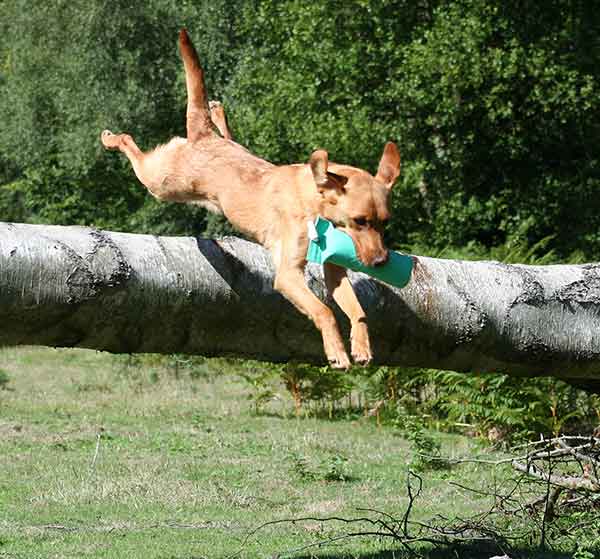
Which type of Labrador makes the best pet?
There has always been some flexibility in the roles that these dogs play. Labs of either type are incredibly versatile. Show Labs are often chunkier and have a more classic chiselled Labrador head than American Labs. Some people prefer this look. Labradors bred to be hunting companions don’t just look different from Labradors bred for the show ring, they have different ‘natures’ too.
And it’s a good idea to understand those different traits before purchasing a puppy. So do check out my information on English Vs American Labs.
What is a Drakeshead Labrador?
This question comes up quite a bit! There isn’t actually a special type of Labrador that is known as a Drakeshead Lab. Drakeshead is actually just a British Labrador Kennel name. The Drakeshead Kennel is a famous kennel in England that breeds and competes (very successfully) working type Labradors. They also export Labradors to other countries.
If your Labrador is from the Drakeshead kennels, their pedigree will have the word Drakeshead as part of the registered pedigree Kennel Name of your dog.
There are other successful breeders of American or field type Labradors in the UK. And many well known breeders of field type Labs in the USA too.
Heads And Tails
It isn’t always popular to tell what type of Lab you are looking at by appearance alone. But there are some clues. One of the features that separates the two types of Labrador Retrievers is their heads. If you prefer a dog with classic Labrador good looks including a broad head, and a thick otter tail, you are more likely to find those features in a dog from English or show lines.
Color is another ‘clue’ though of course it isn’t a reliable one. But chocolate Labs are a little less popular within the hunting community and a little more likely to be show bred. Whereas the reverse is true with red fox Labs
Will Dual purpose Labs Return?
There are breeders whose goal is to recreate the dual purpose Labradors of the last century. Dogs of substance with thick tails, dense double coats, broad heads, a well focused brain and good retrieving instincts.
I think this is great news for Labradors as many working bred labs have quite poor conformation. And some show Labs suffer from a overly heavy build, too much loose skin around the eyes, and lack some of the focus and strong retrieving instincts of their working cousins.
My one year old Lab Bonnie is a mix of show and working lines, and while she lacks the drive and intensity of my American type Labs, she has some great qualities that I think are even more important in a companion dog.
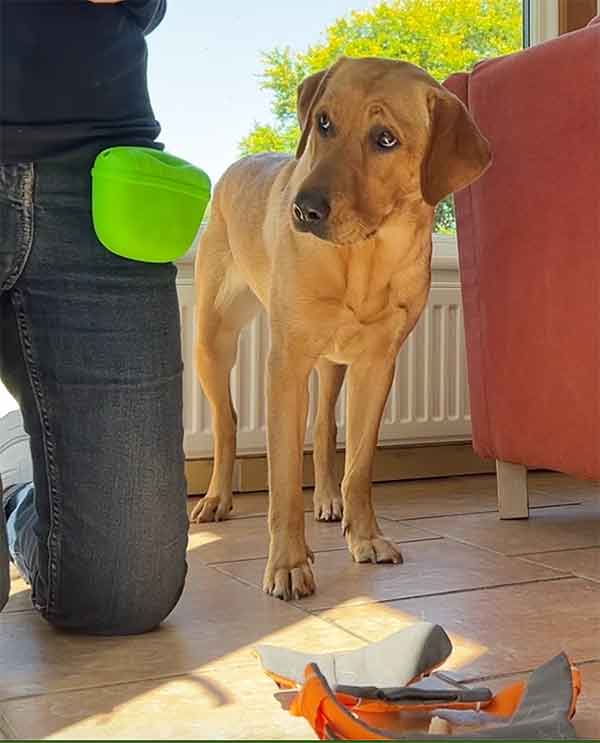
I have been lucky with my working show mix dogs, but mixing lines can produce variable results and is always a bit of a gamble. You could end up with a dog with poor conformation and poor hunting and retrieving instincts. It’s the chance you take.
I don’t think we’ll see another dual champion Labrador anytime soon. And I don’t think that matters too much. Whichever type of Labrador you choose for a pet, make sure you select your breeder wisely. Getting a healthy puppy with the right start in life is more important than any of the above considerations.
The confidence and friendly Labrador temperament we expect from these beautiful dogs should always be your number one priority.

Free Labrador Updates!
Get my training tips, news, reviews, and the latest from The Labrador Site delivered to your inbox

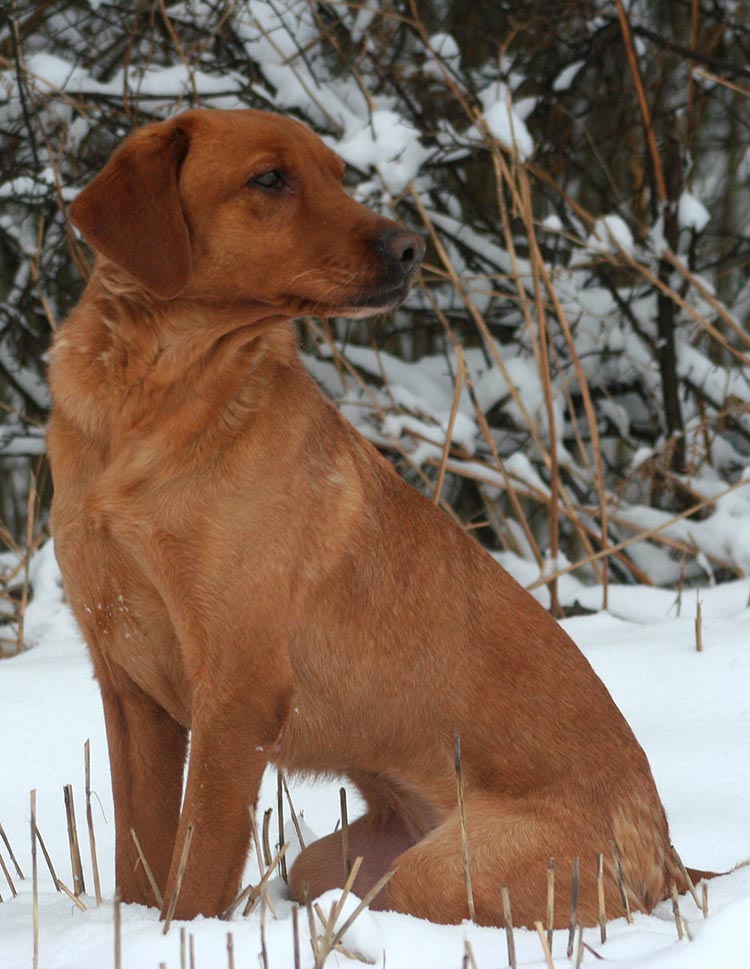
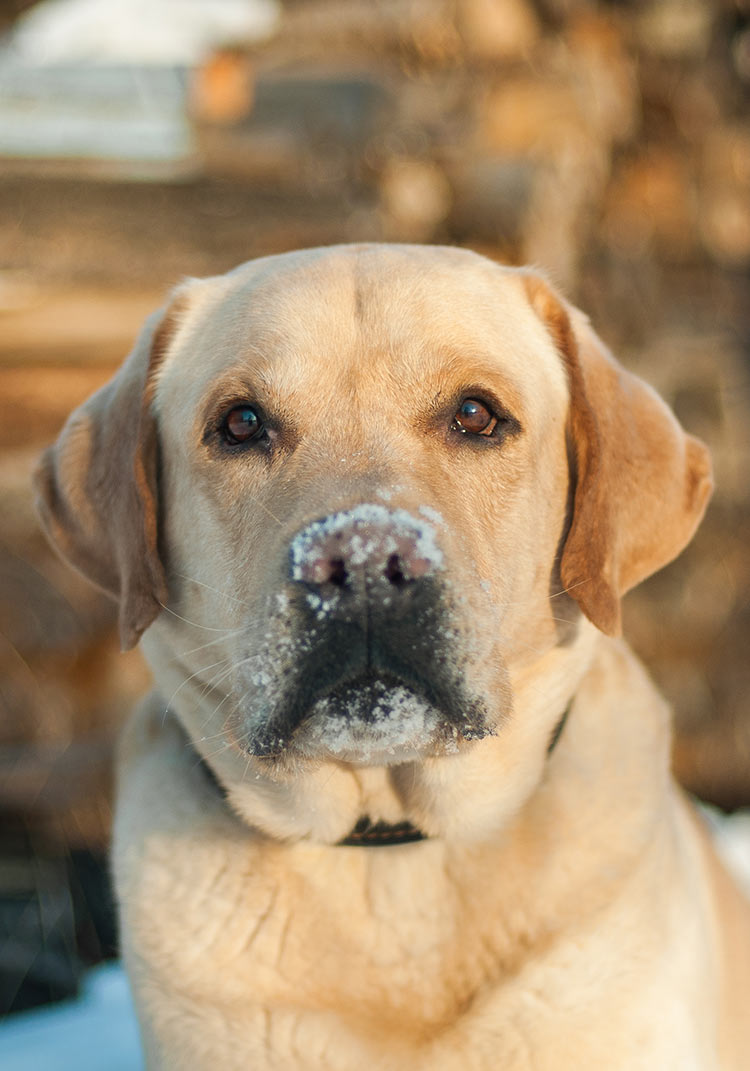


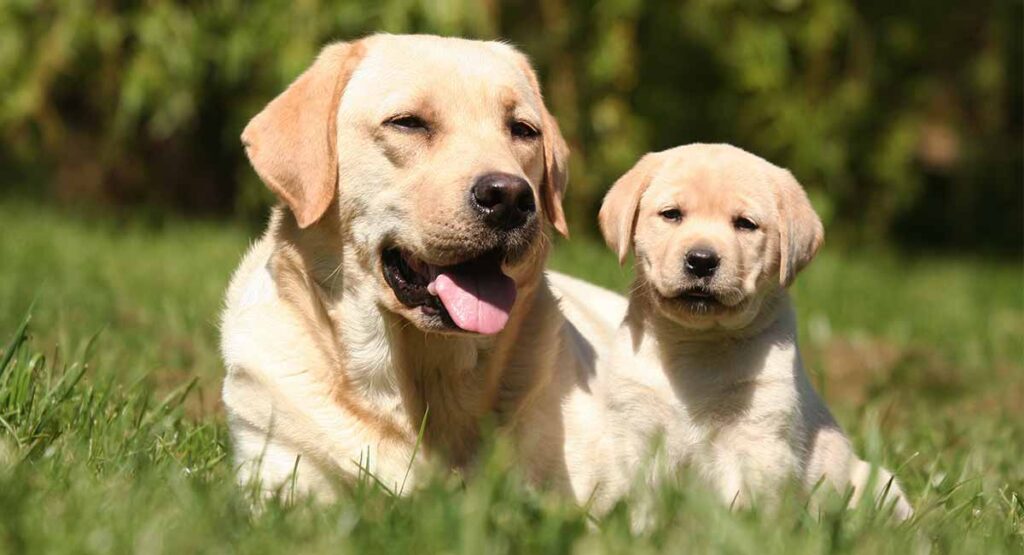
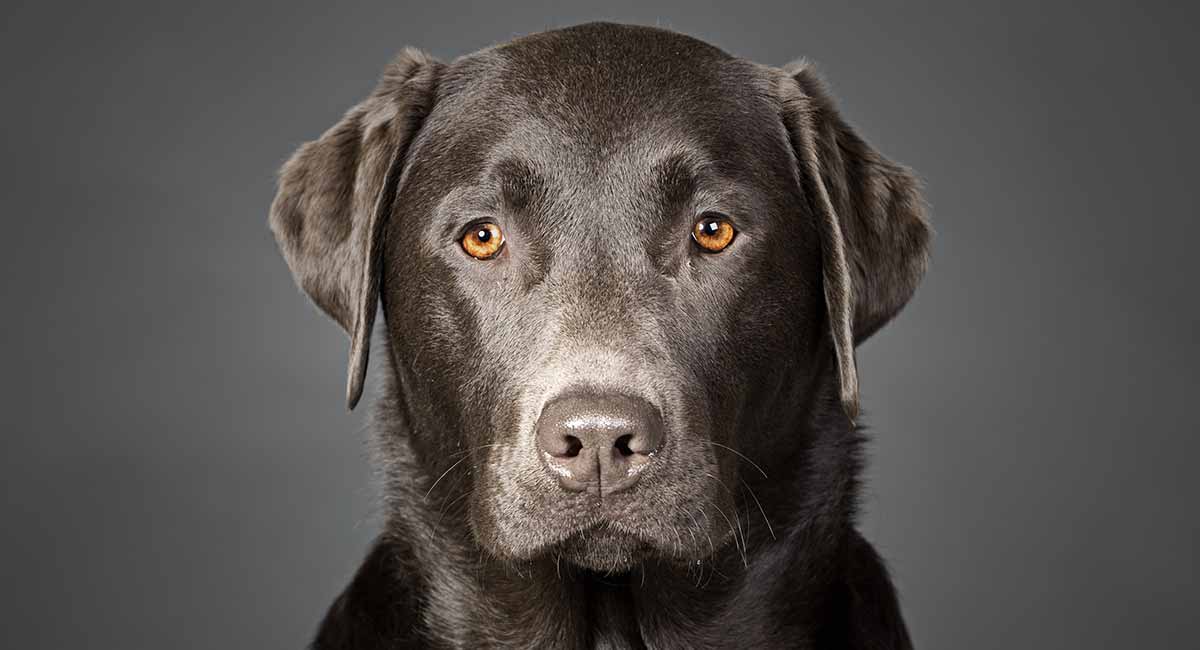
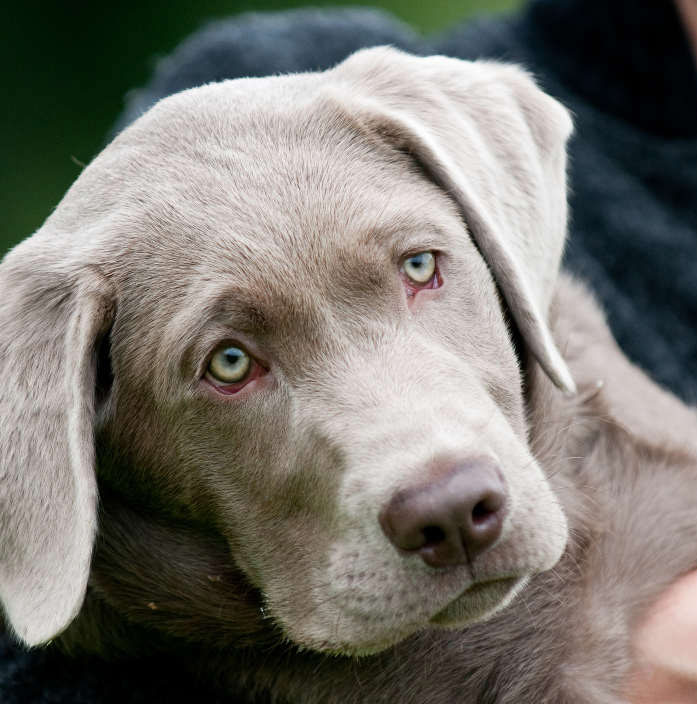

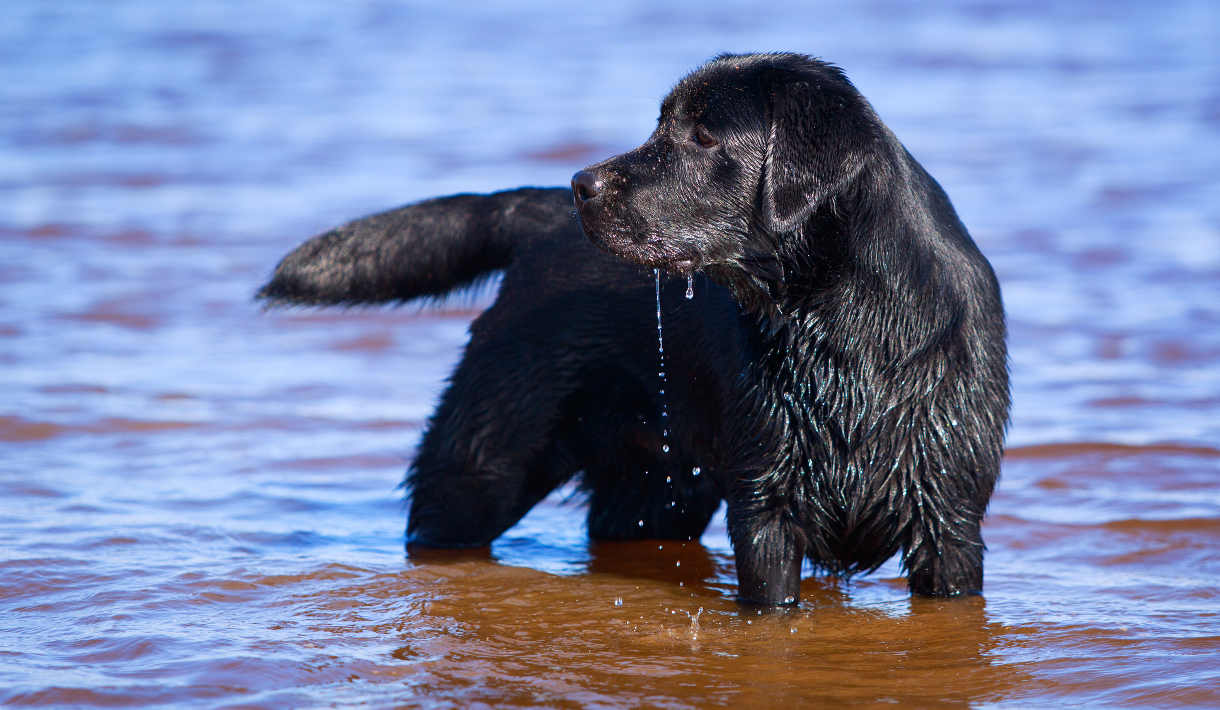
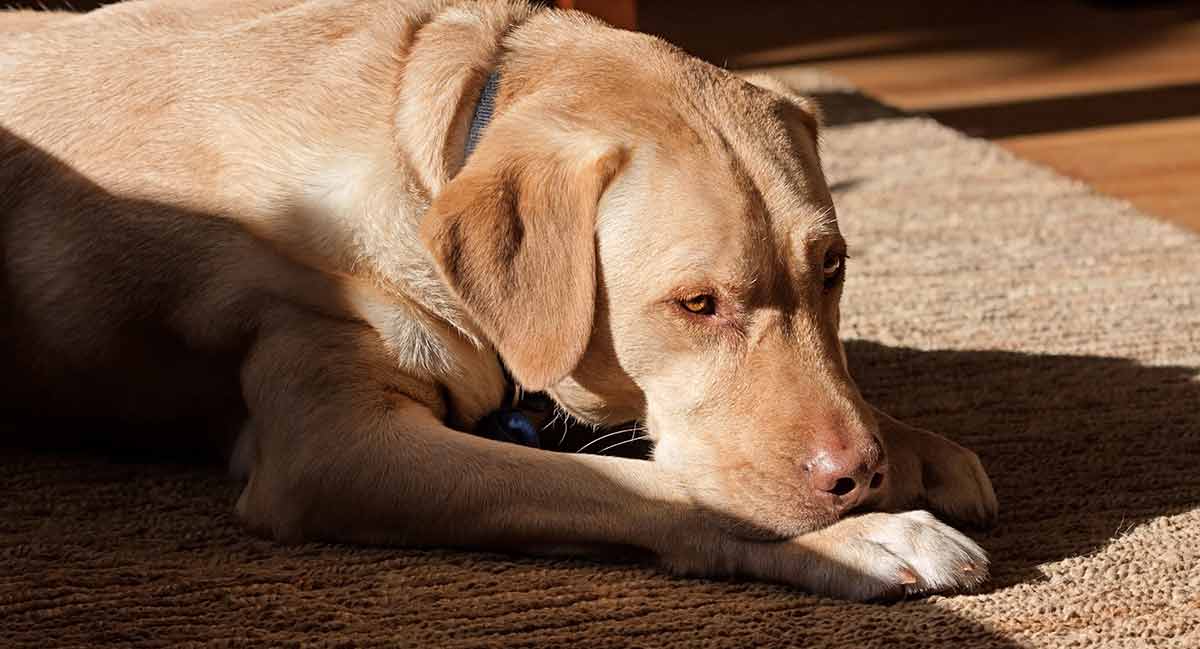
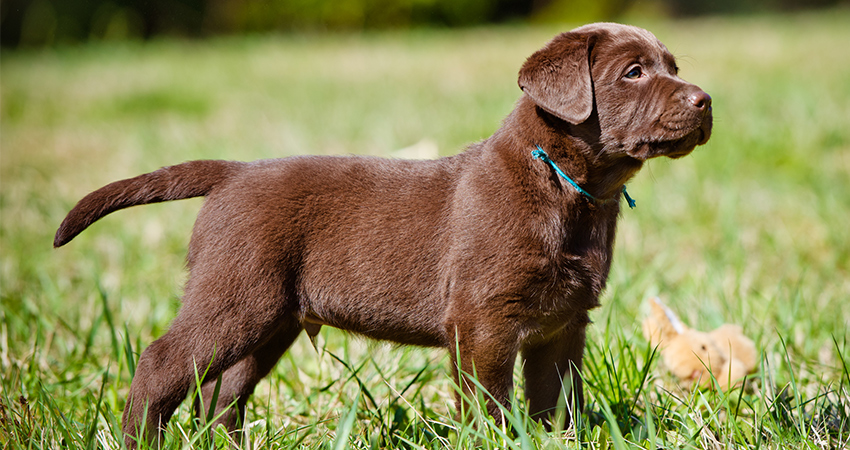

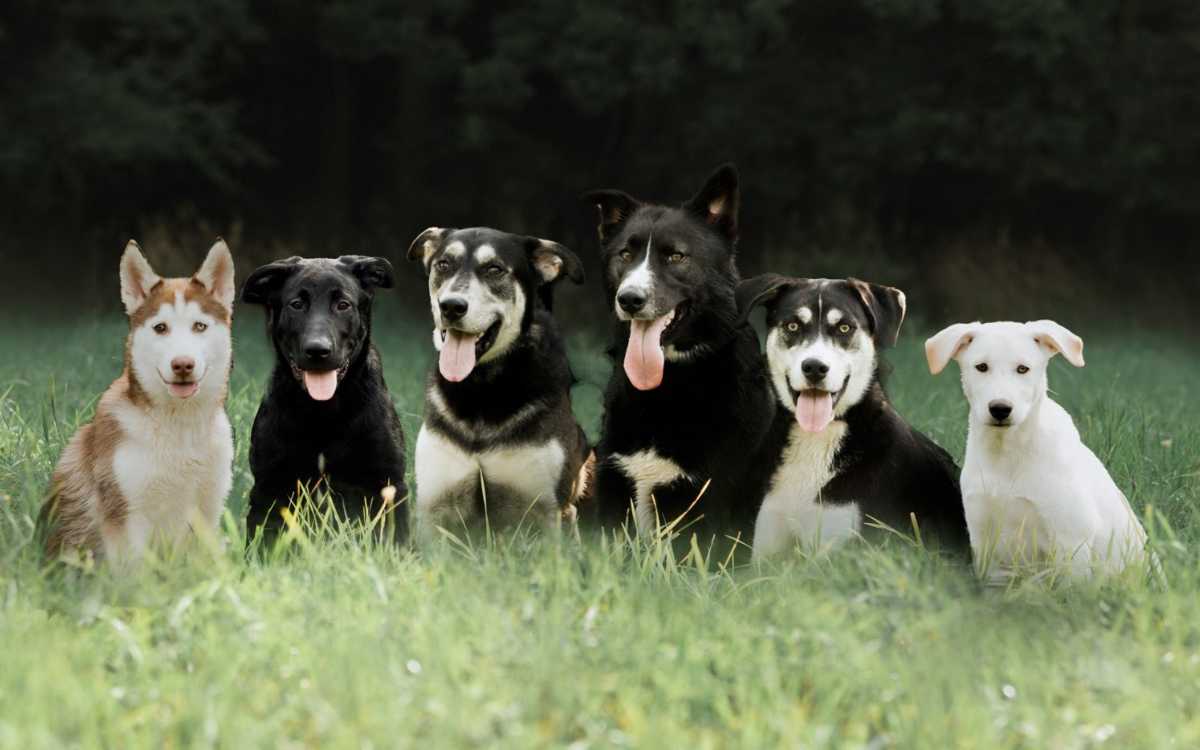



I’m so glad I happened on this site. I have been looking for a mature Labrador Retriever for quite some time. A rescue Lab has been my aim because I want to rehome the girl. I’ve had Labs for over fifty years, always raised with Lhasa Apsos….my two favorite breeds. Morgan, our last Lab died three years ago and my husband and I long for another. It has taken this long for Larry to look favorably at having another because he grieved so over losing his best friend. I want a female Lab to come live with us and our male 7 yr old Lhasa, Paddy. Pads is a loving, active dog, playful and lonely for a buddy. We just miss the other portion of our family. We live In East Central Illinois, south of Champaign.Il Our home is located in a beautiful setting of acre + yards, big trees, and a lake. If you know of, or hear of a Lab that needs a loving home, please consider us. Thank you.
Good luck with your search Carolyn 🙂
There is a breed standard as laid down by the Kennel Club. There should be no deviations from this. This is what reputable breeders are aiming for. There’s no such thing as an American lab.
They are all Labrador Retrievers and should be as close to the Breed Standard as possible. …. and as for colours…only Black, Yellow and Chocolate. Nothing else.
You couldn’t be more wrong.
Hi Pippa, my black lab working dog with exceptional pedigree is now 6 years old, always complimented by others for his good looks, really large size and lovely temperament. I would like to breed him with a reputable breeder who has a strain of dog with equal features but not sure how to go about looking for a breader that would have an equally good match. Most of the working lab breeds I see in my area of Kent are really small in stature which is rather off putting, please advise.
Until AKC splits the breed, and I hope they will, I’ll only recognize the English bred Labrador. I’m a purist I guess, the breed was originally recognized as being English bred. The blocky head, thick 2 inch double coat and thick otter tail and heavy bone are this breeds unique characteristics. A short single coat, whippy tail, long legs, houndy ears and face are not the hallmarks of a purebred which is why I hope the breed is split. Don’t even get me started on “fox red” “silver” and “white” colored Labs. They are not recognized or natural colors for a Lab to be. These are due to intermixing Viszla, Weimeriener blood which also adds to short coat, long ears, long legs.
I’m a lover of Labs since 1977 but not a breeder, I grew up at dog shows and still attend them at times. Though I believe only the original conformation guidelines to be a true Lab I’m saddened to see overweight Labs in the show ring.
I have always had Fox Red (Red Fox) field Labs. All of my dogs have had beautiful heads and svelt bodies. I train and compete in agility, field trials and tracking with my Labs.
I have adopted a Labrador Retriever mix she is a tan color she is felt like an axe how can I tell exactly what kind of a lab she is. In one way she seem like an English Labrador then in another she looks like American Labrador. Do I really need to do a DNA or is there another easy way. But no matter I just love her dearly. She is my 3rd Labrador in my lifetime. Hope to get an answer. Thank you.
We adopted an older “English ” black lab three months ago, that is about 11 years old. She has the classic block head, shorter legs, distinct otter type tail and has a deep rich colored black coat. Her name is Maisey, and she gets comments all the time from people who can not believe how old she is. She {for her age } is very friendly, energetic, loves to swim, and always open to meeting new people and dogs. I looked long and hard to find a mature lab, and struck gold when I found my girl. Her and I enjoy being retired and living the good life in a cabin in the woods.
I have a young American “field” bred lab who also has some golden retriever in him. Other than his fur being a touch longer than your typical lab, he looks like a black, field bred or “american” type; the long legs and body, tall stature and narrower, less boxy head. He’s the kind of good looking dog that makes grown men wearing camouflage Under Armour stuff stop and admire him from afar, LOL. Temperament wise, he is your typical retriever – needs to carry something in his mouth when he’s excited, loves to romp, run and play with other dogs, but that’s about as far as it goes. He would make a terrible bird dog. He has zero prey drive (he was raised with cats which probably lulled the urge to chase small animals,) and is also the laziest retriever I’ve ever seen. He’s happy to bring the ball back to you maybe 5 times before he gets bored, lol. His talents are more geared towards loving people. Exceptionally sweet, he adores children and would make an excellent therapy dog. I definitely thought that he would be a lot more energetic given his lines, but he really is the perfect family dog at heart; a great hiking companion, and also a couch potato. Sometimes it doesn’t always matter the lines – definitely meet the parents of the puppies if you can (any reputable breeder, or at the very least, decent person selling their puppies will allow this.) This will give you some idea of what your dog is likely to emulate as they get older.
Pippa, do you distinguish between the English Lab, as described in the article, and the British Lab?
Pippa,
Great article on the Lab. I am a current owner of an American Lab. I am wanting to get an English Lab soon. What are the weight averages for a male English Lab?
Hi Mike, here you go – https://www.thelabradorsite.com/how-much-should-my-labrador-weigh/